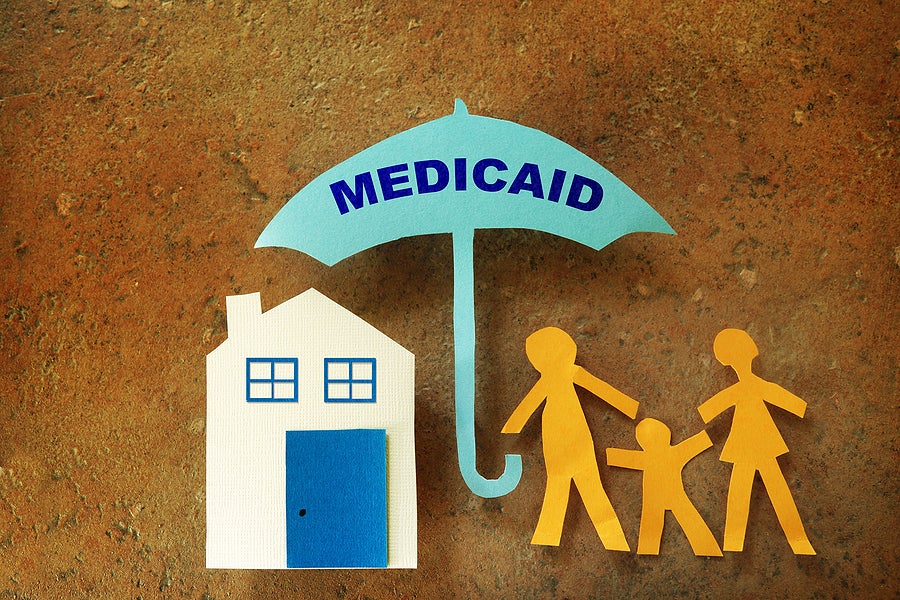A new study by the Kaiser Family Foundation (KFF) estimates the COVID-related increase in federal Medicaid and CHIP funding will exceed the cost of maintaining continuous coverage for Medicaid enrollees as required under the Families First Coronavirus Response Act. The analysis estimates that between January 2020 and September 2022, states will receive approximately $100.4 billion in fiscal relief, more than double the estimated $47.2 billion in the state share of additional Medicaid costs. In other words, the bump in the Medicaid (6.2 percentage points) and CHIP (4.34 percentage points) federal match rates has performed exactly as intended – covering the added costs of Medicaid enrollment AND providing additional fiscal relief to states.
A state-by-state analysis shows that enhanced federal funding exceeded additional Medicaid costs in all states, but to varying degrees. The majority of states (44) received fiscal relief that was at least 1.5 times the additional Medicaid costs. This information will be helpful to counter claims that the enhanced funding is not sufficient to maintain enrollment in states that might consider forgoing the enhanced federal funding in order to start disenrolling Medicaid beneficiaries before the end of the public health emergency.
While many states closed out FY 2021 with budget surpluses, according to the National Association of State Budget Officers, the outlook ahead is more mixed with rising inflation and economic uncertainty. From a financial perspective, it would be shortsighted of states to forgo the enhanced federal Medicaid and CHIP funding that continues to offer fiscal relief to states at a time when economic volatility could lead to revenue shortfalls. From a human perspective, the impact of abandoning the Medicaid continuous coverage protection would put health insurance for millions of low-income children and families at risk.
In addition to the fiscal relief estimates, KFF also released estimates that between 5.3 – 14.2 million people could lose Medicaid coverage following the end of the public health emergency. The higher estimate – an average of disenrollment numbers reported by 20 states in the 2022 Annual Medicaid and CHIP Eligibility and Enrollment Policies Survey – is in the ballpark of the 15.8 million estimate from the Urban Institute. The 5.3 million figure was reported to KFF and Health Management Associates in a mini-survey of Medicaid directors fielded in February 2022. As noted by KFF, these recent survey results illustrate the great deal of uncertainty surrounding how states will implement the end of the continuous enrollment requirement and how many individuals will lose coverage. Historical enrollment trends can only go so far in predicting what will happen at the end of the public health emergency since there has never been a multi-year freeze on disenrollment. There is simply no precedence for forecasting what will happen when the continuous coverage protection is lifted.
What we do know is that millions of individuals do not have to join the ranks of the uninsured when the public health emergency ends if states approach the “unwinding” of the Medicaid continuous coverage protection thoughtfully and take the time to get it right. If we’ve learned anything from the pandemic, it’s that removing administrative barriers and promoting continuity of coverage increases enrollment in health insurance for children. Our challenge is to apply these lessons learned going forward after the public health emergency ends.


